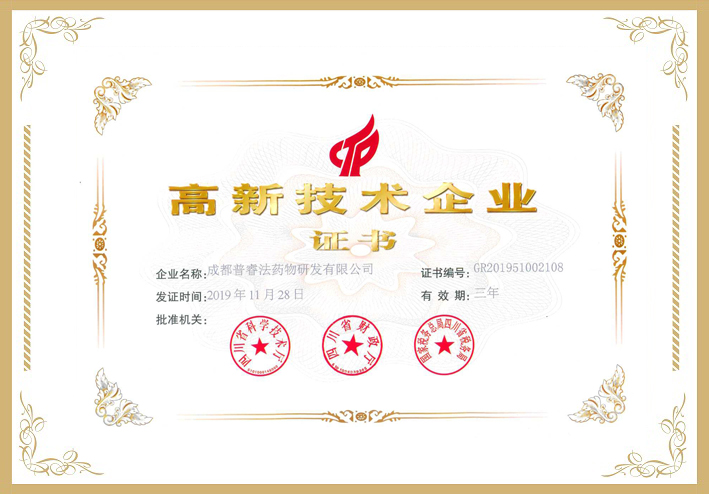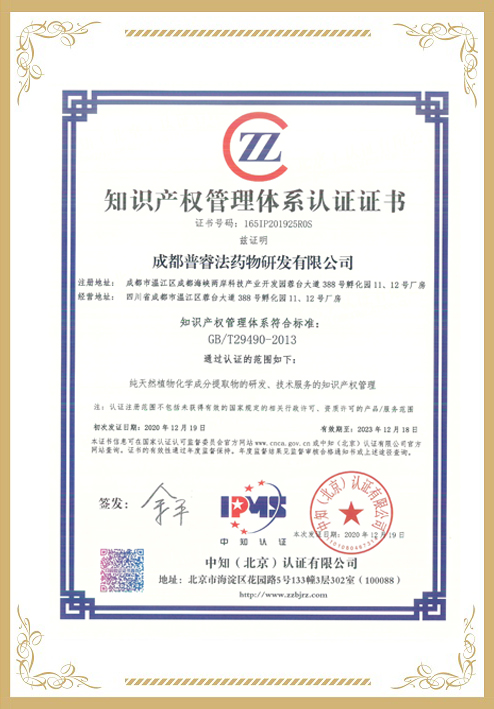Natural deep eutectic solvents (NADES) made mainly with abundant primary metabolites are being increasingly applied in green chemistry. The advantages of NADES as green solvents have led to their use in novel green products for the food, cosmetics and pharma markets. However, one of the main difficulties encountered in the development of novel products and their quality control arises from their low vapour pressure and high viscosity. These features create the need for the development of new analytical methods suited to this type of sample. In this study, such a method was developed and applied to analyse the efficiency of a diverse set of NADES for the extraction of compounds of interest from two model plants, Ginkgo biloba and Panax ginseng. The method uses high-performance thin-layer chromatography (HPTLC) coupled with multivariate data analysis (MVDA). It was successfully applied to the comparative quali- and quantitative analysis of very chemically diverse metabolites (e.g., phenolics, terpenoids, phenolic acids and saponins) that are present in the extracts obtained from the plants using six different NADES. The composition of each NADES was a combination of two or three compounds mixed in defined molar ratios; malic acid-choline chloride (1:1), malic acid-glucose (1:1), choline chloride-glucose (5:2), malic acid-proline (1:1), glucose-fructose-sucrose (1:1:1) and glycerol-proline-sucrose (9:4:1). Of these mixtures, malic acid-choline chloride (1:1) and glycerol-proline-sucrose (1:1:1) for G. biloba leaves, and malic acid-choline chloride (1:1) and malic acid-glucose (1:1) for P. ginseng leaves and stems showed the highest yields of the target compounds. Interestingly, none of the NADES extracted ginkgolic acids as much as the conventional organic solvents. As these compounds are considered to be toxic, the fact that these NADES produce virtually ginkgolic acid-free extracts is extremely useful. The effect of adding different volumes of water to the most efficient NADES was also evaluated and the results revealed that there is a great influence exerted by the water content, with maximum yields of ginkgolides, phenolics and ginsenosides being obtained with approximately 20% water (w/w).
2.2. Chemicals and reagents.
Bilobalide,
ginkgolide A,
ginkgolide B,ginkgolide C,ginkgolic acid C13:0,
ginkgolic acid C15:1, ginkgolic acid C17:1 and
ginsenoside Rb1,
ginsenoside Rb2,
ginsenoside Rb3,
ginsenoside Re,
ginsenoside Rg1,
ginsenoside Rg2 and
ginsenoside Rg3 were purchased from
Biopurify Phytochemicals (Chengdu, China) …























